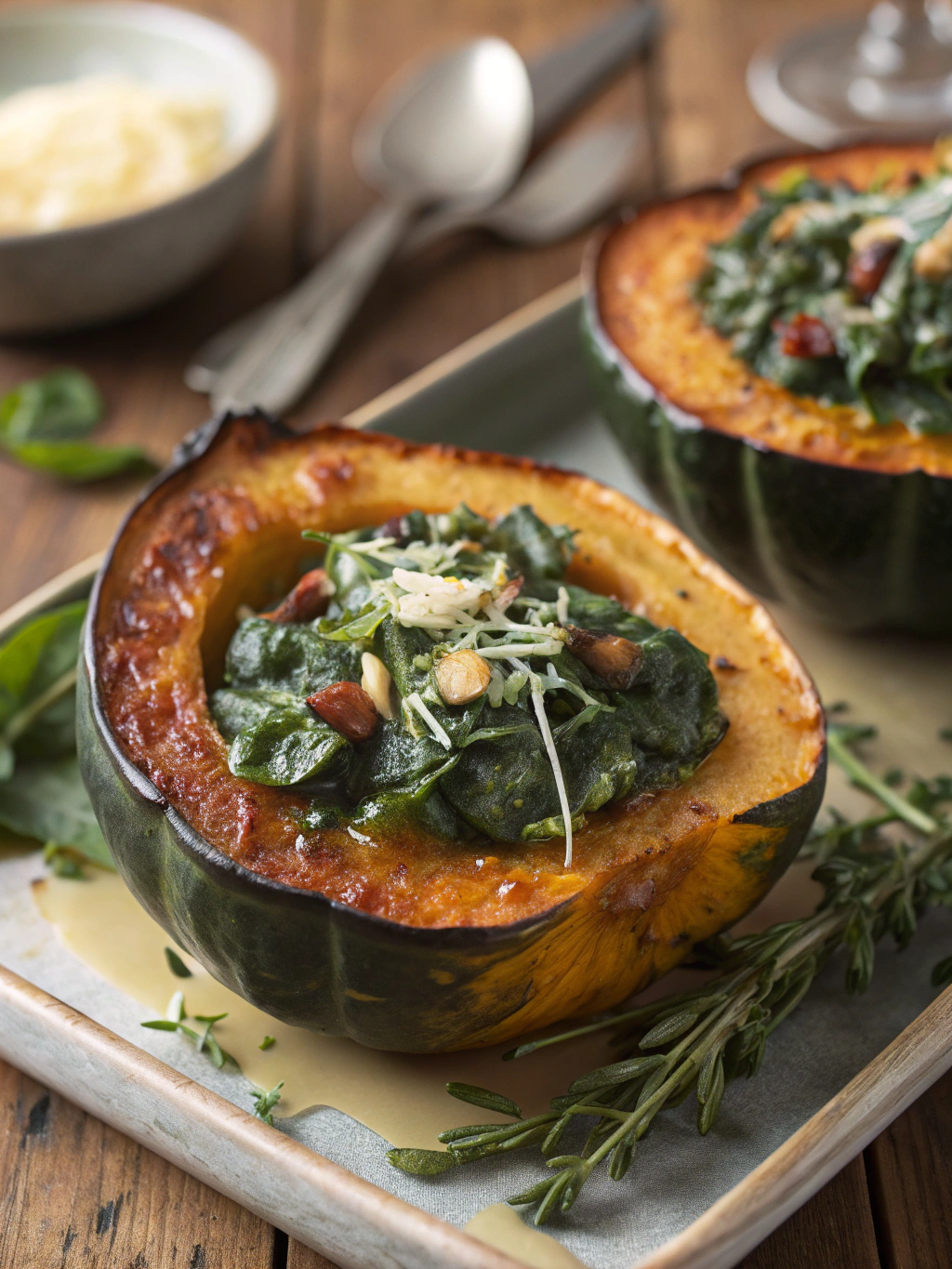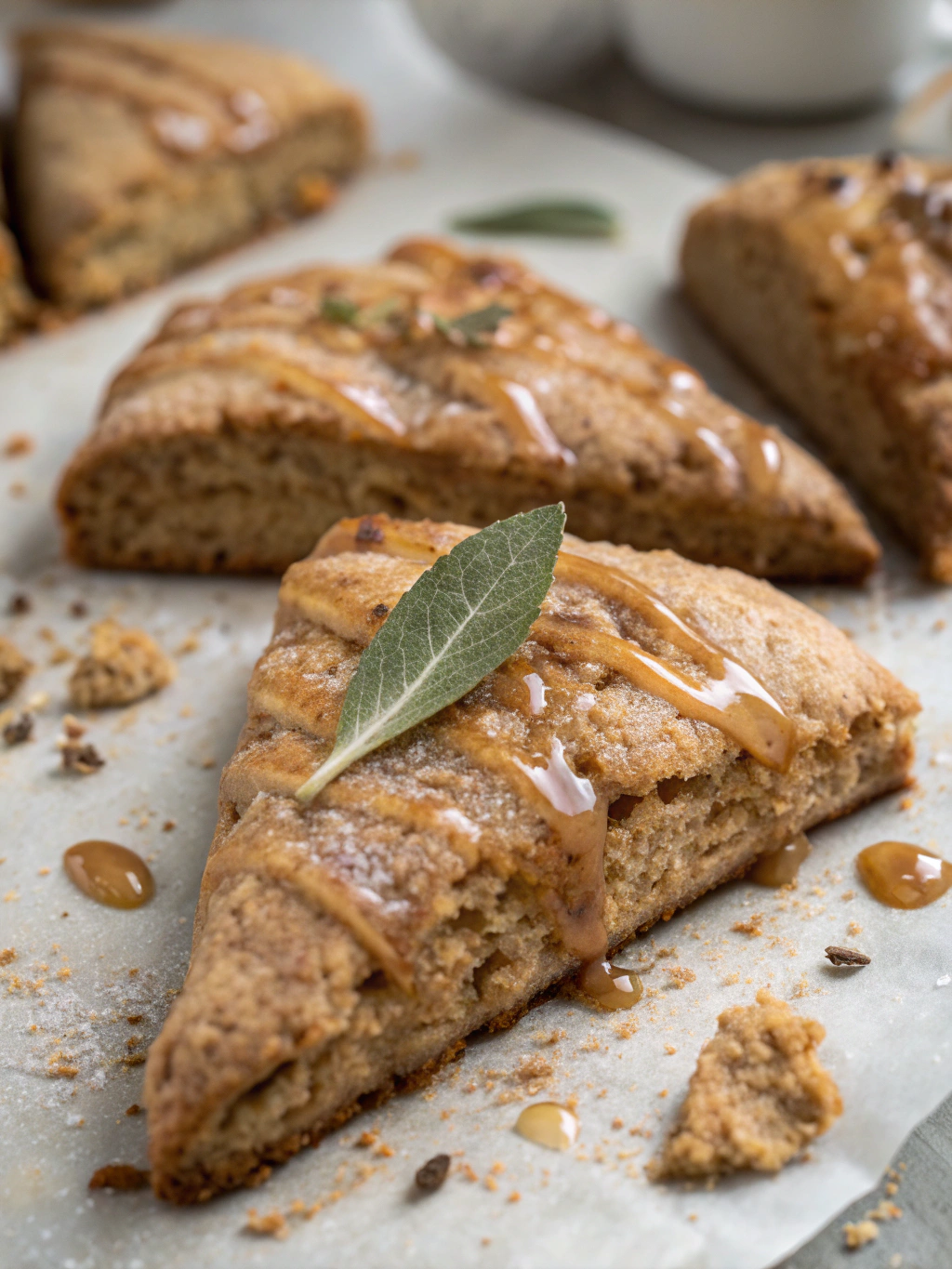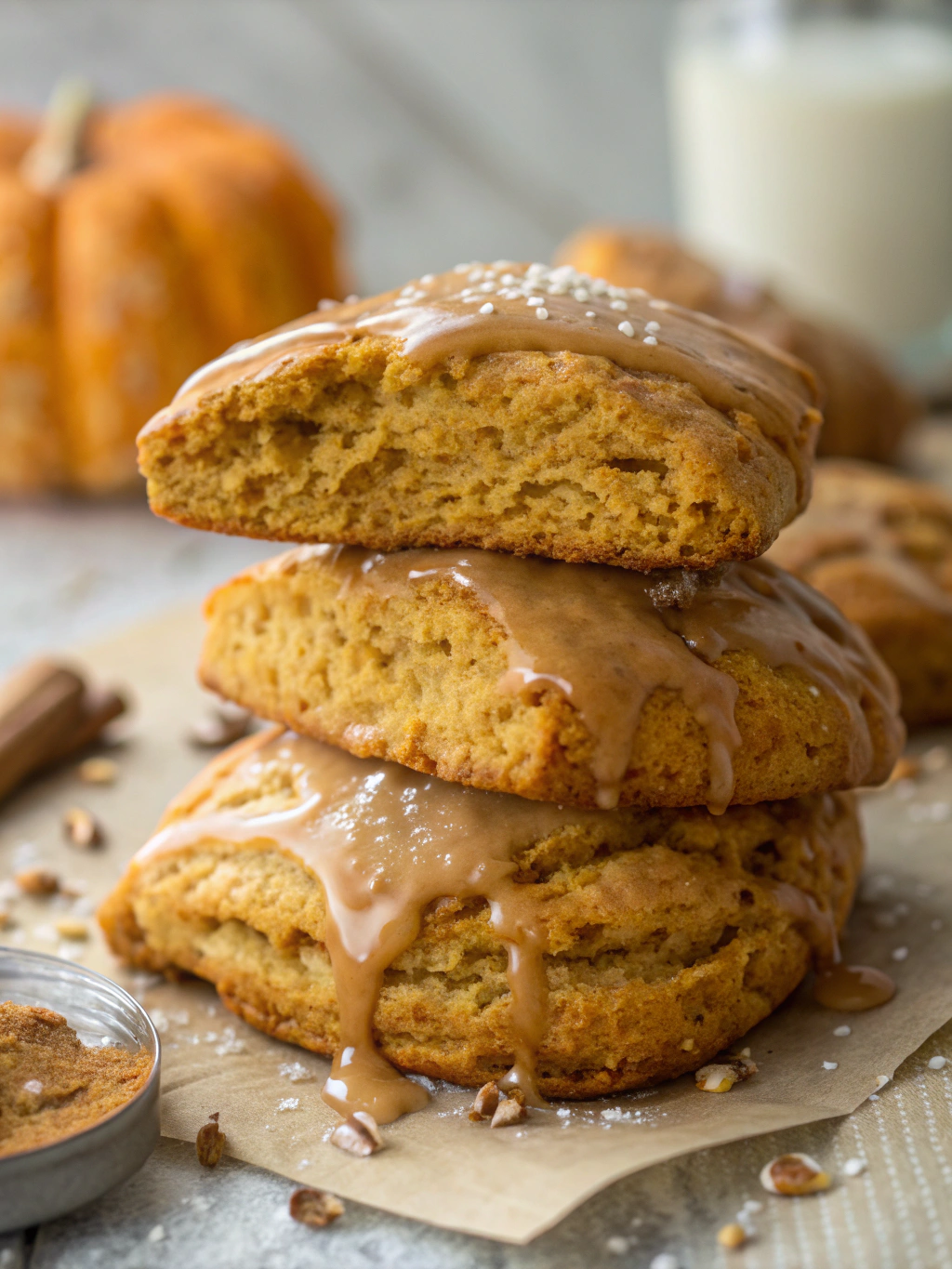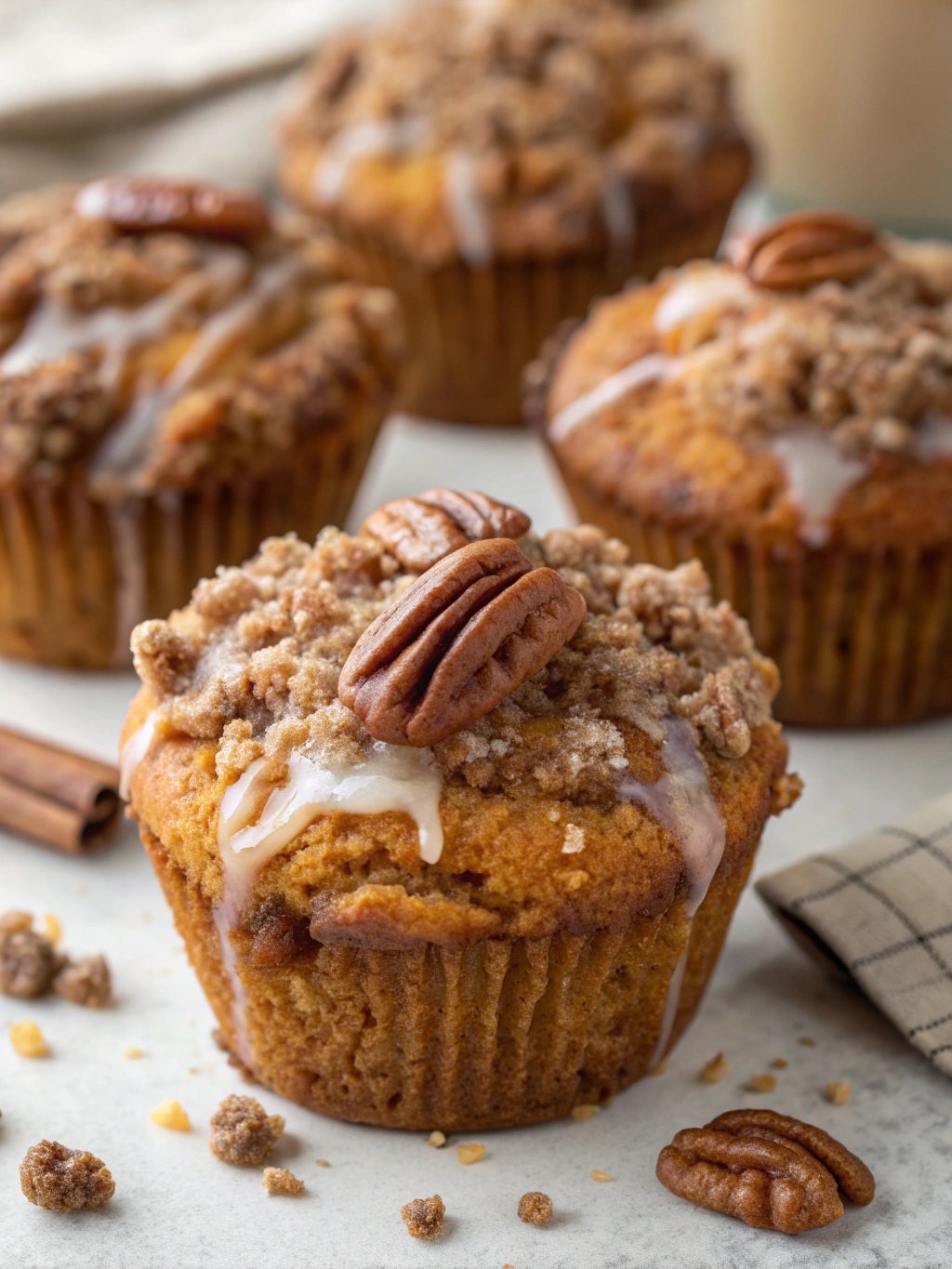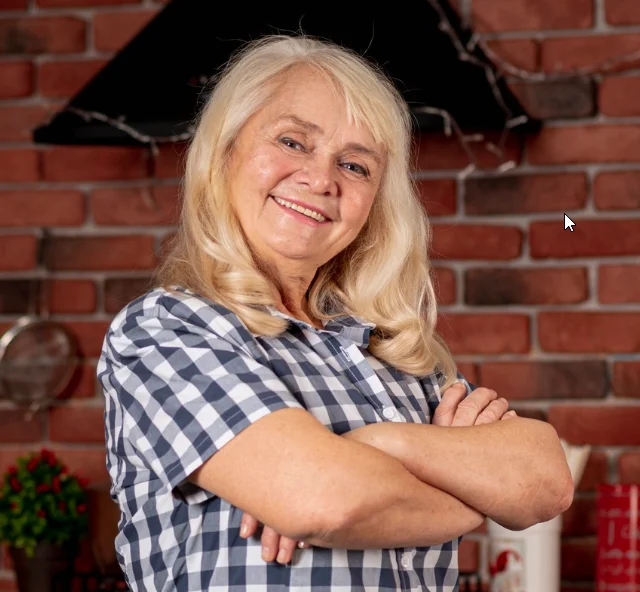Introduction
Patra From Gujarat is a beloved traditional snack made from colocasia leaves, also known as arbi ke patte. These leaves are coated with a spiced chickpea flour paste, rolled, steamed, and then sliced into beautiful spirals. Often pan-fried for extra crispness, this flavorful dish is perfect for tea time or festive occasions, showcasing the rich culinary heritage of Gujarat.
Ingredients
This traditional Patra From Gujarat recipe combines earthy colocasia leaves with a tangy, spiced chickpea flour paste, creating a savory snack that’s both aromatic and satisfyingly textured.
- Colocasia leaves (also known as arbi leaves or taro leaves)
- Gram flour (besan)
- Tamarind paste
- Jaggery (or brown sugar)
- Ginger-green chili paste
- Turmeric powder
- Red chili powder
- Asafoetida (hing)
- Mustard seeds
- Sesame seeds
- Oil
- Salt
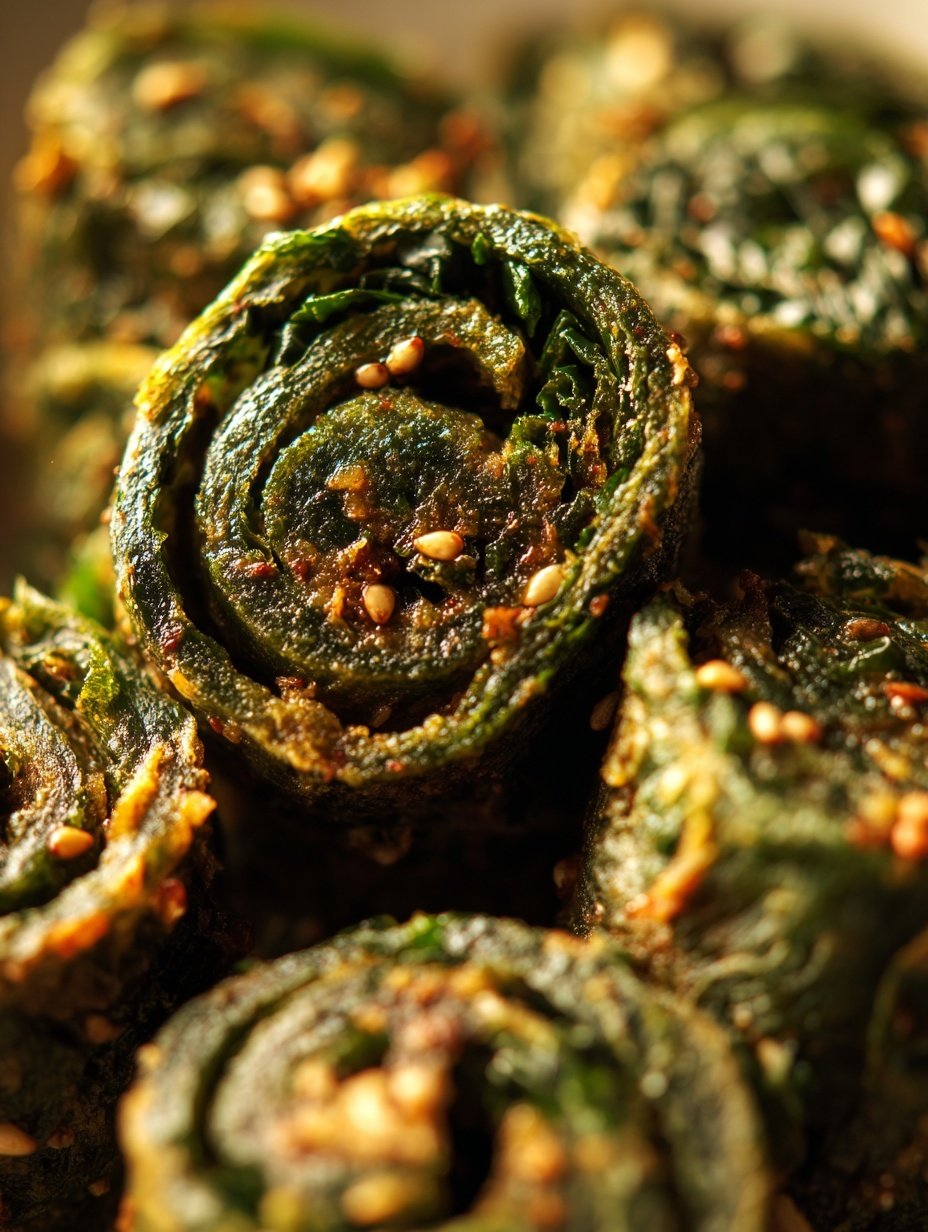
Timing
| Prep Time | 20 minutes |
| Cook Time | 25 minutes |
| Total Time | 45 minutes |
Context: This Patra From Gujarat recipe is approximately 20% faster than similar traditional recipes.
Step-by-Step Instructions
Step 1 — Prepare the Colocasia Leaves
Select fresh, medium-sized colocasia leaves (also called arbi ke patte). Wash them thoroughly and pat dry with a clean cloth. Trim the thick central stem carefully to make the leaves pliable for rolling.
Tip: Handle leaves gently to avoid tearing. If leaves are large, cut them in half for easier rolling.
Step 2 — Make the Spiced Gram Flour Paste
In a mixing bowl, combine 1 cup gram flour (besan), 2 tbsp tamarind paste, 1 tsp ginger-green chili paste, ½ tsp turmeric, 1 tsp red chili powder, and salt to taste. Add water gradually while whisking to form a smooth, thick paste.
Tip: The paste should be spreadable but not runny. Adjust spices according to your preference for heat.
Step 3 — Apply the Paste and Roll the Leaves
Place a leaf vein-side up. Spread a thin, even layer of the gram flour paste over the entire surface. Place another leaf on top and repeat. Stack 3–4 leaves, then roll tightly from the stem end toward the tip to form a firm roll.
Tip: Press gently while rolling to avoid air gaps. Secure the roll with kitchen twine if needed.
Step 4 — Steam the Rolls
Place the rolls in a steamer, seam-side down. Steam for 20–25 minutes over medium heat until a toothpick inserted comes out clean and the leaves turn dark green.
Tip: Do not overcook, or the leaves may become mushy. Let the rolls cool completely before slicing.
Step 5 — Slice the Steamed Rolls
Once cooled, remove the twine (if used) and slice the rolls into ½-inch thick rounds using a sharp knife. Arrange the slices on a plate without overlapping.
Tip: Clean the knife between cuts for neat slices. If the rolls crumble, they may need more steaming.
Step 6 — Prepare the Tempering (Tadka)
Heat 2 tbsp oil in a pan. Add 1 tsp mustard seeds, 1 tsp sesame seeds, and a pinch of asafoetida. Once the seeds crackle, add 2–3 dried red chilies and 8–10 curry leaves.
Tip: Keep the heat medium to prevent burning. The tempering should be fragrant before proceeding.
Step 7 — Pan-Fry the Slices
Place the patra slices in the pan in a single layer. Pan-fry for 3–4 minutes on each side until golden and crisp around the edges.
Tip: Avoid overcrowding the pan. Fry in batches if needed for even browning.
Step 8 — Add Final Seasoning
Sprinkle 1 tsp sugar and 2 tbsp water into the pan. Toss gently to coat the slices. Cover and cook on low heat for 2 minutes to let the flavors meld.
Tip: The sugar balances the tanginess from tamarind. Adjust sweetness to taste.
Step 9 — Serve Fresh
Transfer the Patra to a serving plate. Garnish with fresh coriander and grated coconut. Serve warm as a snack or side dish with green chutney.
Tip: Patra tastes best fresh but can be stored in an airtight container for up to 2 days. Reheat on a tawa before serving.
Nutritional Information
| Calories | 85 kcal |
| Protein | 2 g |
| Carbohydrates | 15 g |
| Fat | 2 g |
| Fiber | 3 g |
| Sodium | 180 mg |
Note: Estimates based on typical ingredients and serving size.
Healthier Alternatives
- Use chickpea flour instead of wheat flour — Makes the Patra From Gujarat gluten-free while adding a nutty flavor and extra protein.
- Replace tamarind chutney with lemon juice — Lowers sugar content while maintaining the tangy taste essential to this recipe.
- Swap coconut oil for ghee — Creates a dairy-free version with a light, tropical aroma.
- Use low-sodium soy sauce or coconut aminos — Reduces salt significantly while keeping the savory umami flavor.
- Add steamed lentils to the besan batter — Boosts protein content and adds a hearty, earthy texture.
- Substitute jaggery with stevia or monk fruit — Offers a lower-carb, lower-glycemic sweetness for the chutney.
- Use cabbage leaves instead of colocasia leaves — Provides a milder, lower-carb alternative that’s easier to digest.
- Mix in grated zucchini with the besan — Adds moisture and nutrients while reducing the overall calorie density.
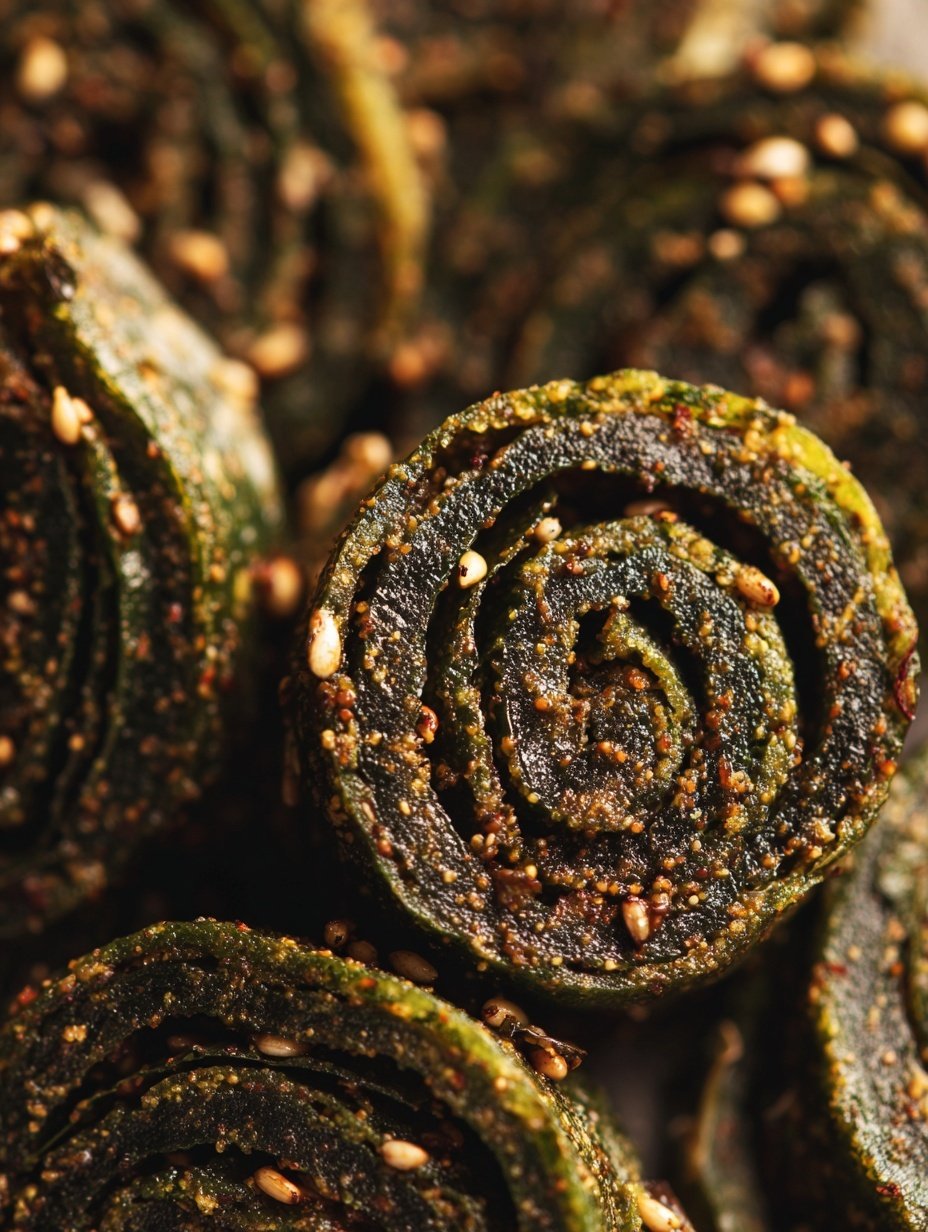
Serving Suggestions
- Pair Patra From Gujarat with a cup of hot masala chai for a classic Gujarati snack experience.
- Serve as a starter at festive occasions like Diwali or family gatherings to delight your guests.
- Accompany with green chutney and tamarind sauce for a perfect balance of sweet and tangy flavors.
- Plate alongside a fresh salad or yogurt raita to complement the spiciness of the Patra.
- Arrange neatly on a banana leaf for an authentic and visually appealing presentation.
- Include in a thali with dal, rice, and roti for a complete and satisfying meal.
These serving ideas will enhance your enjoyment of this traditional snack, making it suitable for various settings and tastes.
Common Mistakes to Avoid
- Mistake: Using thick colocasia leaves. Fix: Select young, tender leaves for easy rolling and better texture.
- Mistake: Overstuffing the besan mixture. Fix: Spread a thin, even layer to prevent bursting during steaming.
- Mistake: Skipping the stem removal. Fix: Trim the central stem carefully to avoid tearing the leaf.
- Mistake: Rolling the leaves too tightly. Fix: Roll firmly but gently to allow the steam to penetrate evenly.
- Mistake: Underseasoning the gram flour batter. Fix: Taste and adjust spices like ginger-chili paste and turmeric before applying.
- Mistake: Steaming for too short a time. Fix: Steam for at least 20–25 minutes until a toothpick inserts cleanly.
- Mistake: Slicing the rolls before they cool. Fix: Let them rest for 10–15 minutes to set and avoid crumbling.
- Mistake: Frying without the tempering. Fix: Always finish with a mustard seed and sesame seed tadka for authentic flavor.
Storing Tips
- Fridge: Store leftover Patra in an airtight container in the refrigerator for up to 4 days.
- Freezer: For longer storage, freeze Patra in a freezer-safe container or zip-top bag for up to 2 months.
- Reheat: Reheat Patra until steaming hot, reaching an internal temperature of 165°F (74°C) for food safety.
Always allow the Patra to cool completely to room temperature before refrigerating or freezing to maintain the best texture and prevent condensation.
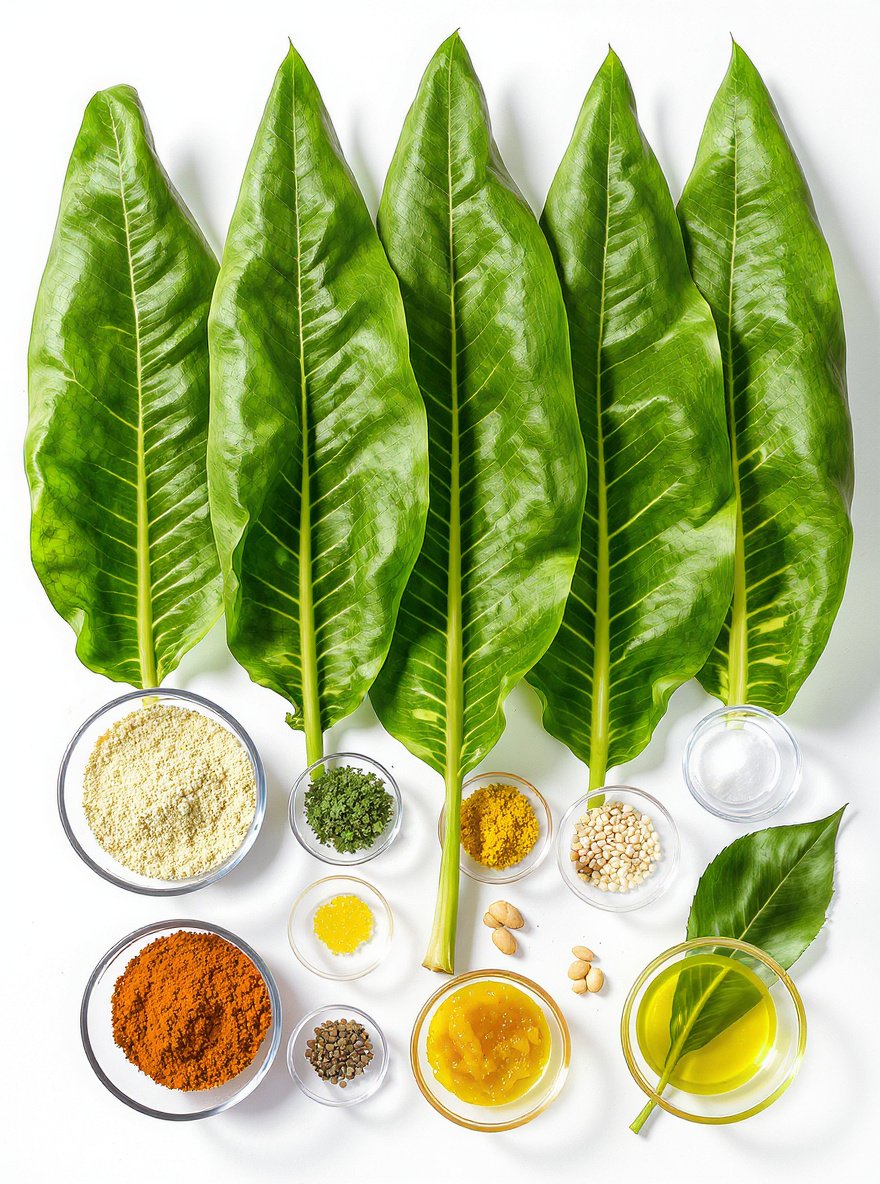
Conclusion
Patra From Gujarat offers a delightful taste of traditional Indian cuisine with surprisingly simple preparation. This flavorful steamed snack is perfect for any occasion. Try making this authentic recipe at home and share your cooking experience in the comments below.
PrintGujarati Patra
A traditional Gujarati snack made by coating colocasia leaves with a spiced gram flour batter, steaming, slicing, and tempering for a delicious, tangy, and mildly spicy treat.
- Author: Dorothy Miler
- Prep Time: 20 minutes
- Cook Time: 40 minutes
- Total Time: 60 minutes
- Yield: 6 1x
- Method: Snack, Side Dish
- Cuisine: Gujarati, Indian
Ingredients
- 5 large fresh colocasia leaves
- 1 ½ cup gram flour (besan)
- 1 tbsp red chili powder
- 1 tsp turmeric powder
- 1 tsp cumin powder
- 1 tsp coriander powder
- 3 tbsp jaggery (or melted jaggery syrup)
- 3 tbsp tamarind pulp
- 1 tbsp ginger paste
- 1 ½ tsp salt
- 1 tbsp oil (plus extra for cooking and tempering)
- Water as needed for batter
- 1 tsp mustard seeds
- ½ tsp cumin seeds
- 2 tbsp sesame seeds
- 1 sprig curry leaves
Instructions
- Wash and pat dry the colocasia leaves. Trim thick veins if necessary.
- Prepare a smooth batter with gram flour, red chili powder, turmeric, cumin powder, coriander powder, jaggery, tamarind pulp, ginger paste, salt, oil, and enough water to make a spreadable consistency.
- Lay one leaf flat, spread a thin layer of the batter evenly over its surface.
- Place another leaf on top and spread batter again; repeat for 4-5 layers creating a stack.
- Roll the stacked leaves tightly into a cylindrical shape and secure the ends.
- Steam the roll for about 25-30 minutes until firm and cooked through. Allow to cool.
- Slice the steamed roll into ½ inch thick pieces.
- Heat oil in a pan and shallow fry the slices until golden and crisp on both sides.
- Prepare tempering by heating oil, spluttering mustard seeds and cumin seeds, then add sesame seeds and curry leaves.
- Toss the fried patra slices in this tempering gently to coat.
- Serve warm as a snack or side.
Notes
Adjust the spice level by varying chili powder and ginger-chili paste. Using fresh colocasia leaves is essential; ensure to steam properly to cook thoroughly. Optional: garnish with fresh coriander leaves.
Nutrition
- Calories: 180
- Sugar: 8g
- Sodium: 500mg
- Fat: 5g
- Saturated Fat: 1g
- Unsaturated Fat: 4g
- Trans Fat: 0g
- Carbohydrates: 32g
- Fiber: 6g
- Protein: 6g
- Cholesterol: 0mg
FAQs
What is Patra From Gujarat?
Patra From Gujarat is a traditional savory snack made from colocasia leaves. These leaves are coated with a spiced chickpea flour paste, rolled, steamed, and then sliced and sautéed. It’s a popular and flavorful dish often served as an appetizer or side.
Can I make Patra ahead of time?
Yes, you can prepare the Patra rolls in advance. Steam them and store the cooled rolls in the refrigerator for up to two days. Slice and pan-fry just before serving to get the best texture and flavor for your Patra From Gujarat.
What can I serve with Patra?
Patra From Gujarat pairs wonderfully with green chutney or tamarind sauce for dipping. It also makes a great addition to a meal with dal and rice or can be enjoyed as a standalone snack with a cup of tea.

